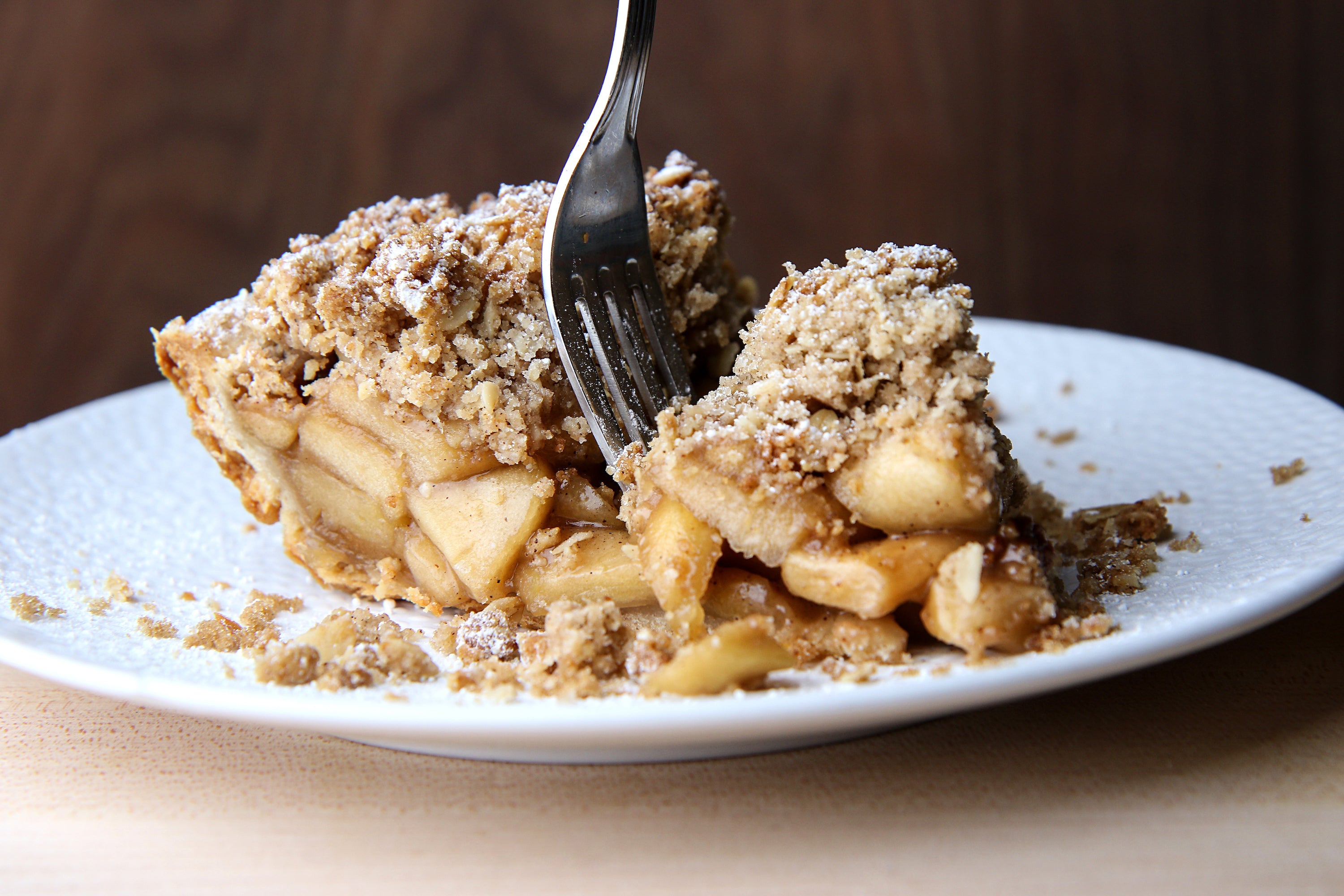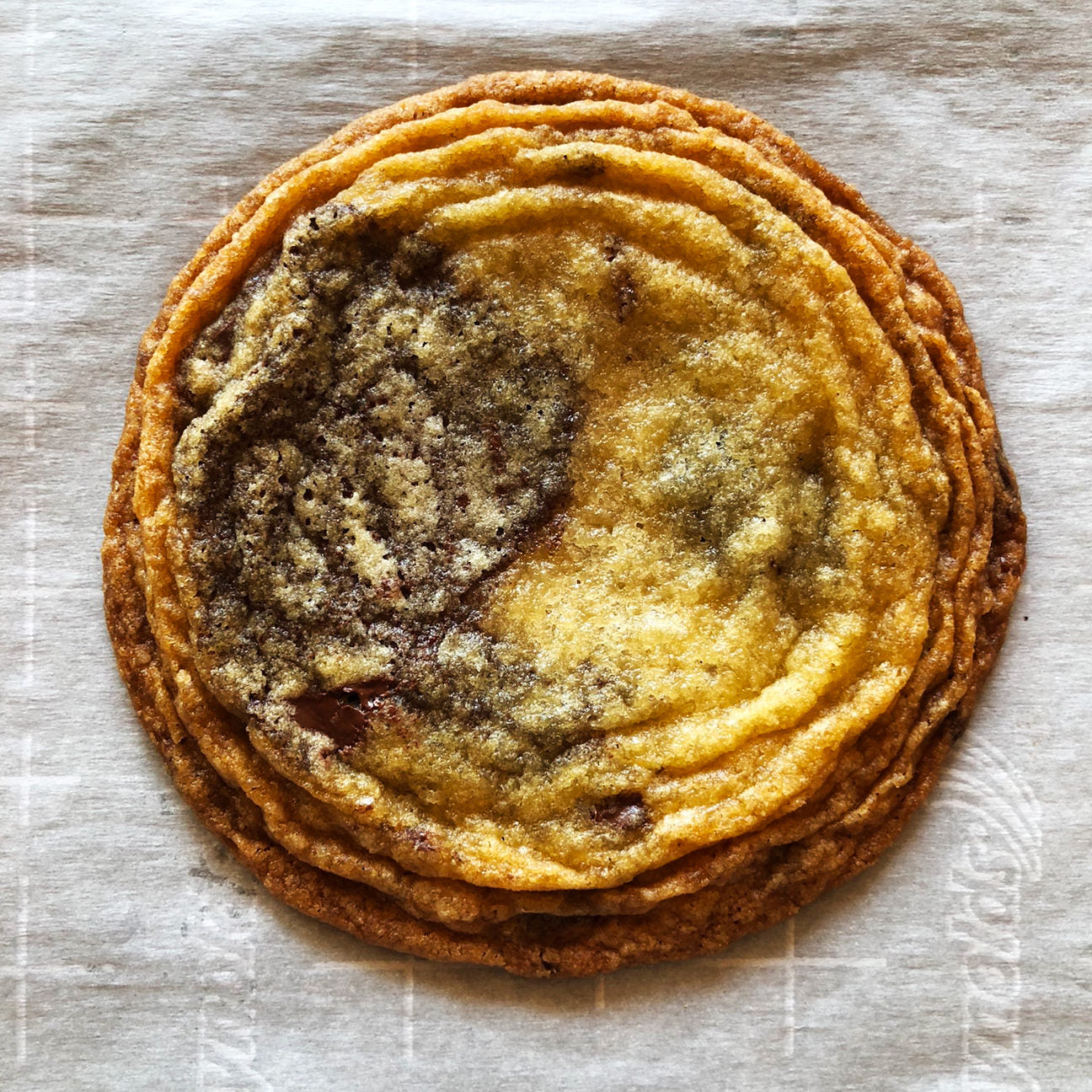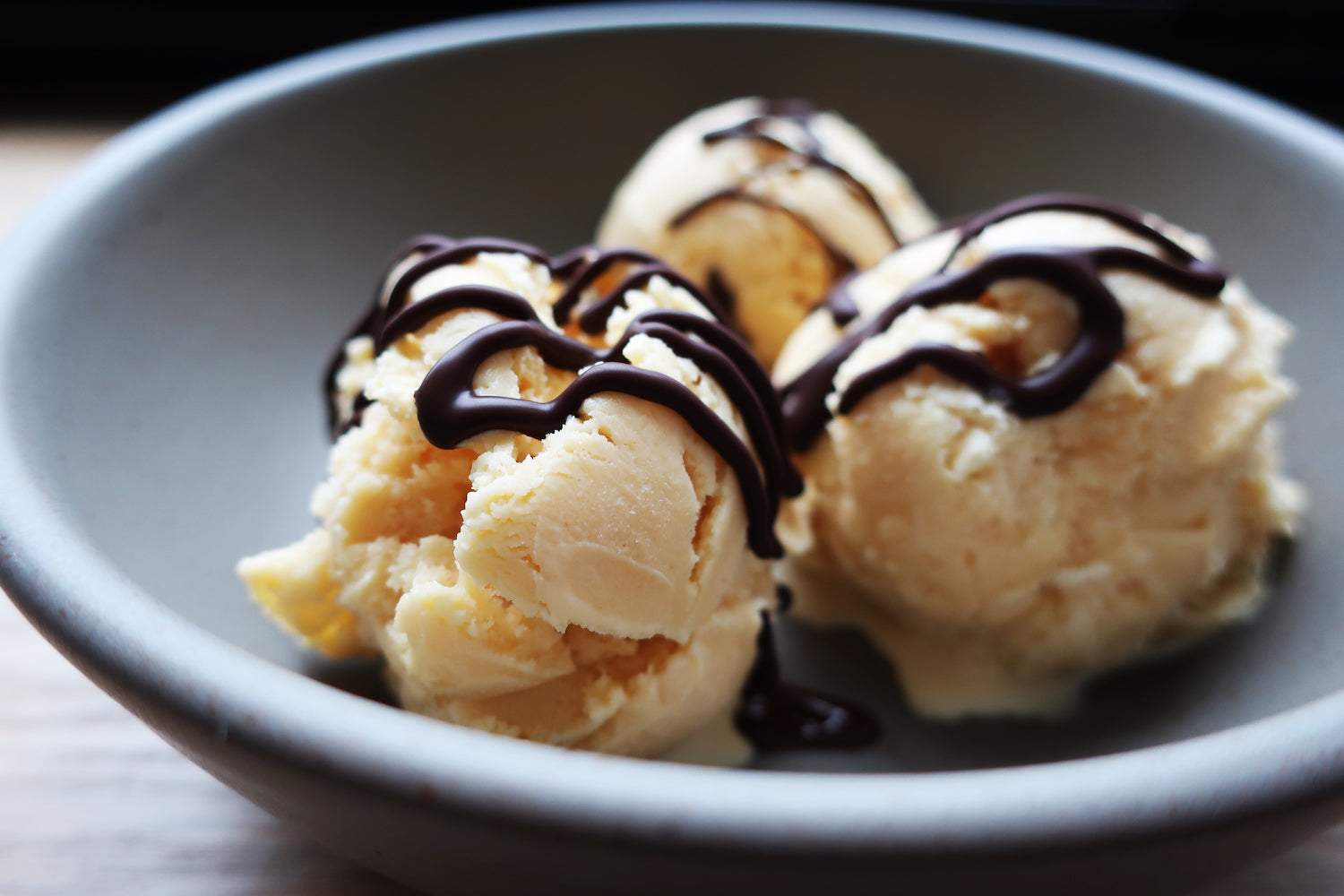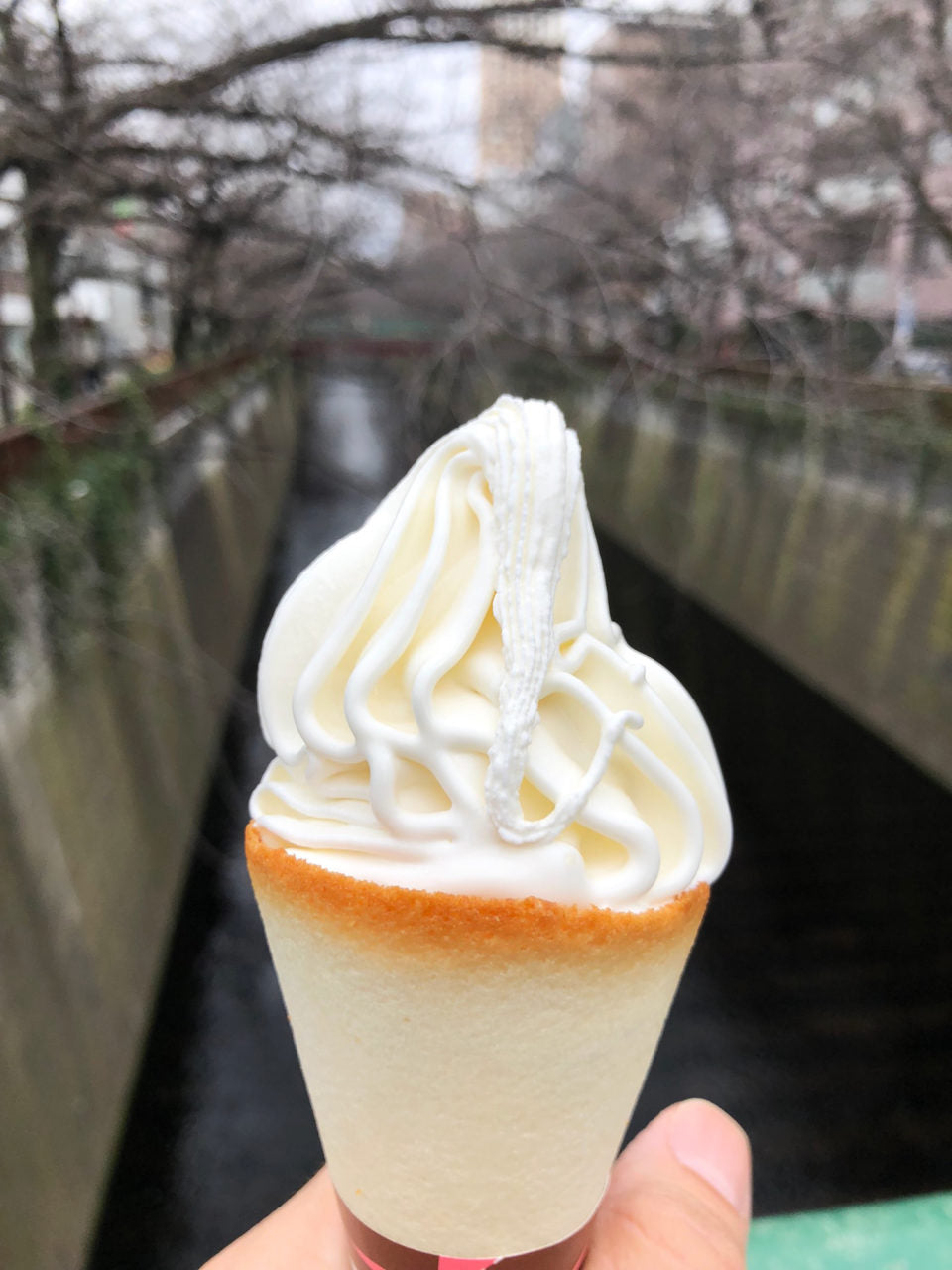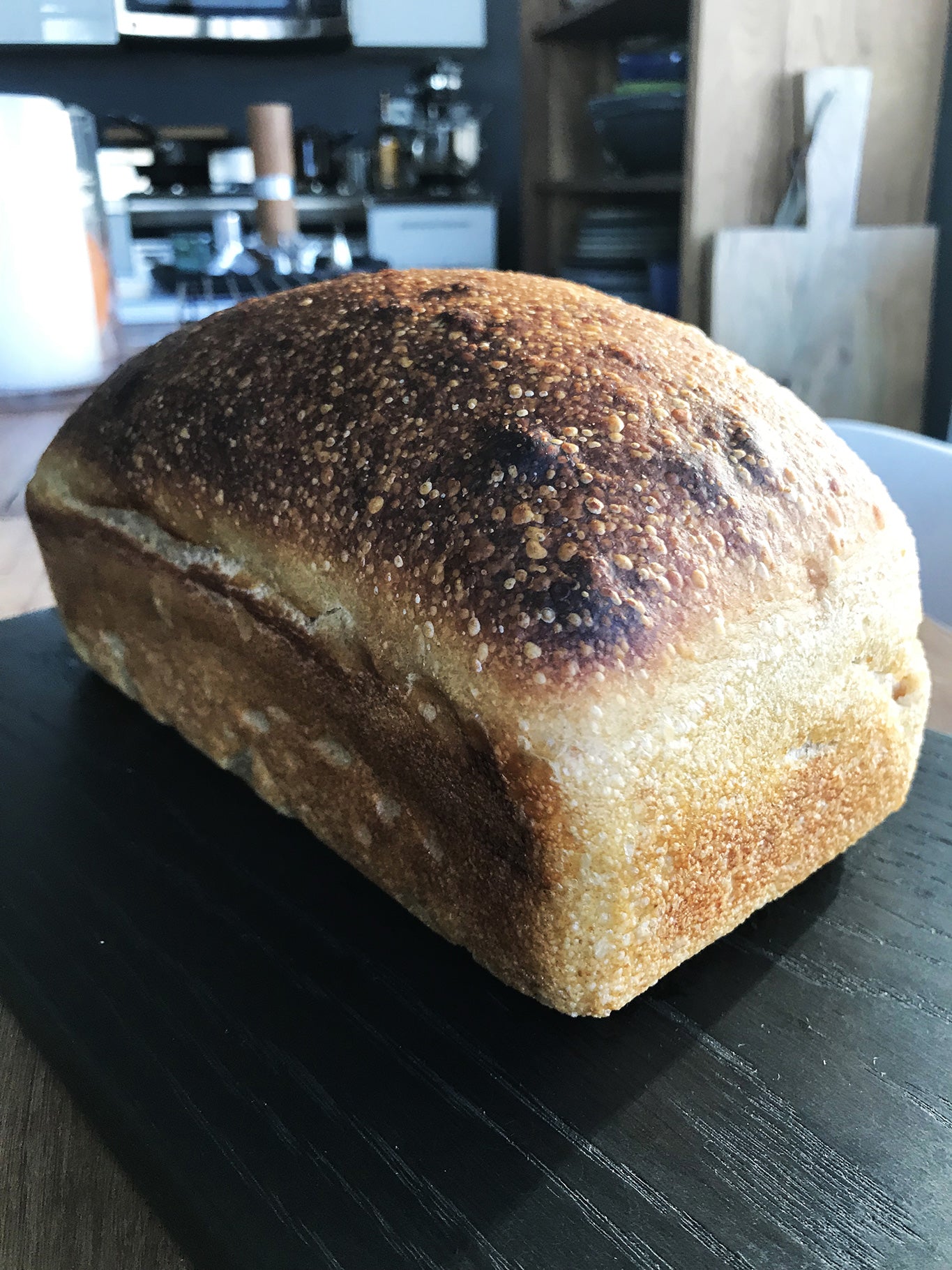All About Black Cocoa Powder

Baked’s VIP cake (Blackout) made with black cocoa. Call either store to special order one.
I have always been a fan of black cocoa powder, and I am glad to see that it is finally finding a stable home in America’s baking cupboard (often, alongside more traditional cocoa powders). And, since my original Black Cocoa Powder Cake post has been our most popular blog post year after year, I thought it was high time to revisit this ingredient and answer some of the most frequent questions we get about how to use black cocoa powder.
Perhaps the best way to illustrate and talk about black cocoa powder is to bake with it and contrast and compare it with other – more common – cocoa powders.

To do this, we used our delicious and trustworthy chocolate cake sponge – which requires a significant ¾ cup of cocoa powder – as the control. We have been making this cake since day one (that is over 12 years in case you were wondering) every single day we have been open. We make this sponge using Valrhona cocoa powder (Valrhona is Dutched … but don’t worry about these terminologies just yet…I’ll explain it more below). We also made a sponge using Hershey’s (a very VERY common cocoa powder that is natural er…not Dutched) and then our final sponge was made entirely with black cocoa powder (think of this as super-Dutched).
The questions going in: Obviously, we knew first and foremost that the black cocoa would make a very black cake. Sexy black. But, we wanted to know how it would affect the taste, texture, and rise.

The results: All three cakes had an identical rise and an identical texture. There was concern that the leaveners would have to be adjusted for Dutched vs. All-Natural (again, we will address later) but in this recipe we didn’t change a thing and it didn’t matter.
Surprisingly, or maybe not that surprising, all three had admirers in the “taste” category. Note: it was really hard to blind taste test this cake as the sponge colors practically scream which cocoa powder was used (and we didn’t actually put blindfolds on anyone) …but…
-the Hershey’s cake scored some points. Personally, I think it tasted like the 80’s – or what my mom made from a box mix in the 80’s – and this is not a bad thing, but I thought it lacked nuance, while the fans of this cake liked the fact that it tasted more “chocolatey” than the other two.
-the Valrhona cake was probably the winner, but not the full-on crazy favorite. It is definitely my number one. It had balance – a chocolate/bitter balance – and elements of tasting both “kid-friendly” and “totally adult” at the same time. I also love the color of this cake. It is not trying to make a statement, but it is beautiful all the same.
-the black cocoa cake was liked, a lot, by our pastry chef. She loved the bitter notes (the chocolate flavor is buried under the bitterness IMHO), especially contrasted against the sweetness of the frosting. And how can you not fall in love with the color of this cake? It is seductive.

Overall, I feel like I have had more variation when subbing different brands of chocolate in desserts (apples to apples comparison using the same cacao content). Ultimately, when choosing a cocoa powder, I suggest you make two choices:
1. What color are you going for? and 2. What flavor profile and contrast are you trying to achieve (sweet and bitter/bitter and bitter/ sweet and chocolatey)?…
Now the science-y part: I will be brief here as both David Lebovitz and Sally and Serious Eats have provided much more meaningful posts on the subject of cocoa powder.
-Generally speaking, Dutched cocoa powder is cocoa powder that has been treated with an alkaline solution to neutralize acidity. Dutched powder is often darker in color (i.e. black cocoa powder is ultra Dutched) and while it has a smoother taste, I find it often tastes less chocolate-like. Natural cocoa powder is not Dutched – it is natural (yup, you probably figured that out) and it is often lighter in color.
-Now, I know my test results above suggest you can basically swap cocoa willy-nilly and you can definitely give it whirl without worrying about an oven explosion or recipe melt-down, BUT the internets are on fire with the following advice:
If you are using a recipe without any baking soda or baking powder (sauces, frostings, etc..), you can absolutely swap Dutched for natural and vice-versa without any issue.
If you are using a recipe that only requires half a cup of cocoa powder or less, I wouldn’t worry either way as the amount is so little.
If you are using a recipe that calls for baking soda, go natural.
If you are using a recipe that calls for baking powder, go Dutch.
If you are using a recipe that calls for both baking powder and baking soda, you can likely get away with either if the amount of cocoa is under ¾ cup.
And honestly, if I am just riffing around at home, I tend to blend my own mix of Valrhona and black cocoa and sometimes even the natural stuff.
Oh, and I leave you with one last thing to further confuse the cocoa-addled brain. I have seen some people refer to Dutch-process as having more “chocolate flavor”. I do not get this at all. In fact, as mentioned above, I would almost always say that I believe the opposite to be true. I think Dutch process imparts some impactful notes like a nice bittersweet candy bar, but each to his own.


